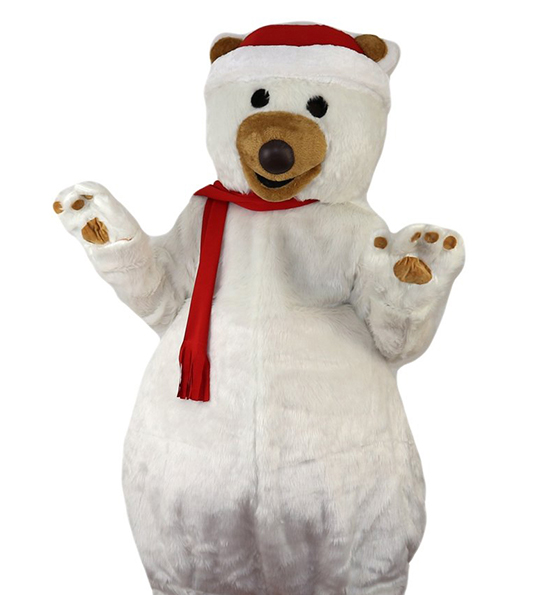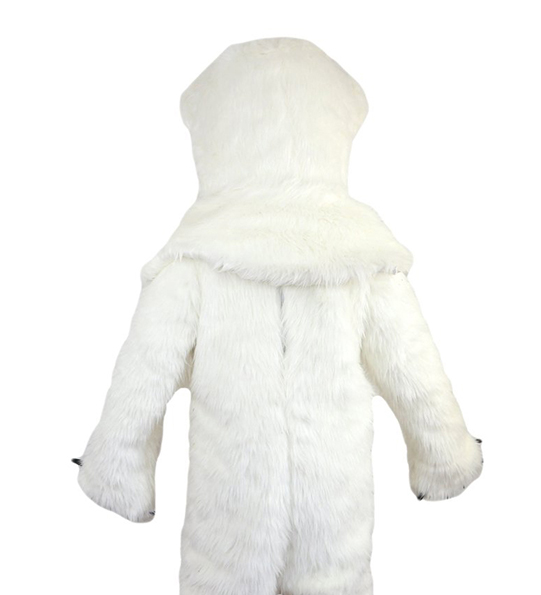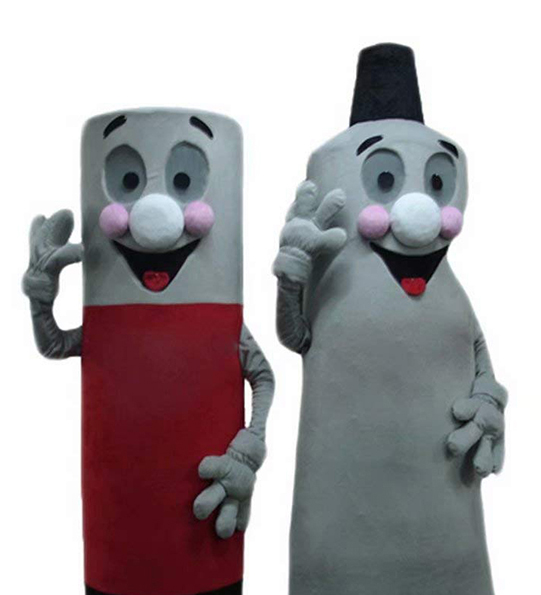How Mascot Costumes have been tailored for use in specific Cultural Contexts and areas
Mascot costumes have emerge as an indispensable a part of numerous activities, sports activities teams, and companies global. those colourful and colourful costumes are designed to symbolize the spirit and values of a specific institution or event, developing a feel of harmony and enthusiasm amongst individuals. through the years, mascot costumes have developed to fit unique cultural contexts and areas, reflecting diverse traditions and customs.
In Japan, mascot costumes often encompass traditional cultural factors. for instance, the long-lasting daruma doll is a not unusual motif in japanese mascots. Daruma dolls symbolize perseverance and appropriate luck, aligning perfectly with the themes of many activities and businesses. similarly, using samurai warriors, sumo wrestlers, and anime characters as mascots displays Japan’s rich records and popular culture. those variations ensure that mascots resonate deeply with local audiences even as retaining a commonplace attraction.

In assessment, North American mascot costumes have a tendency to feature animals or fictional creatures, including lions, eagles, and dragons. the selection of those symbols often relates to the team call or the area’s natural flora and fauna. additionally, some mascots comprise indigenous factors, harking back to the native cultures of the Americas. This approach fosters a connection among the mascot and the neighborhood history, making it greater relatable and meaningful to the network.
european mascot costumes show off a mix of historic and contemporary influences. football golf equipment, for instance, frequently undertake mascots stimulated with the aid of their membership’s records or the local folklore. In Spain, the bull, a country wide symbol, is a famous preference, reflecting the usa’s deep-rooted dating with斗牛 (bullfighting). meanwhile, British mascots might encompass historical figures like King Arthur or mythical creatures inclusive of dragons, which can be intertwined with the state’s legends and memories.

In Africa, mascot costumes often draw from tribal art and traditional attire. they’ll feature formidable styles, vibrant hues, and masks that represent precise tribes or cultural narratives. as an example, South African mascots might wear beadwork harking back to Ndebele artwork or animal prints that signify the continent’s wealthy biodiversity. these designs not handiest have fun the range of African cultures however additionally teach the global target market about the continent’s inventive background.
Australia’s approach to mascot costumes consists of a mix of flora and fauna and Aboriginal subculture. Kangaroos, koalas, and crocodiles are generally used due to their affiliation with Australian fauna. moreover, Aboriginal symbols inclusive of the boomerang, dreamtime stories, and dot painting are integrated into mascot designs, highlighting the significance of Indigenous tradition inside the country’s identity.
Latin the usa offers every other fascinating perspective on mascot version. international locations like Brazil and Mexico frequently characteristic mascots stimulated by using festivals together with Carnival and Day of the dead. vibrant, complicated costumes and makeup, much like those worn for the duration of these celebrations, translate nicely into mascot personas. these mascots now not best entertain but also teach approximately the cultural significance of those occasions.

Southeast Asia affords a mosaic of cultural influences in its mascot costumes. In nations like Thailand and Vietnam, mascots can consist of legendary creatures from local folklore, along with Nagas (serpent gods) or Ao Dai-clad ladies representing conventional dress. those costumes combo present day design with ancient traditions, creating a unique representation that honors the region’s cultural tapestry.
The center East adapts mascot costumes by means of integrating Islamic art and architecture. In places like Dubai and Saudi Arabia, mascots might recreation problematic geometric patterns and calligraphy, reflecting the place’s architectural splendor. those designs are not simply ornamental but carry deep cultural meanings, promoting focus and appreciation of Islamic history.
Mascot costumes function greater than simply entertainment; they act as cultural ambassadors, bringing communities collectively through shared symbols and tales. As these costumes continue to adapt, they provide a platform for move-cultural speak and knowledge, celebrating the precise aspects of every region at the same time as fostering a experience of global team spirit.